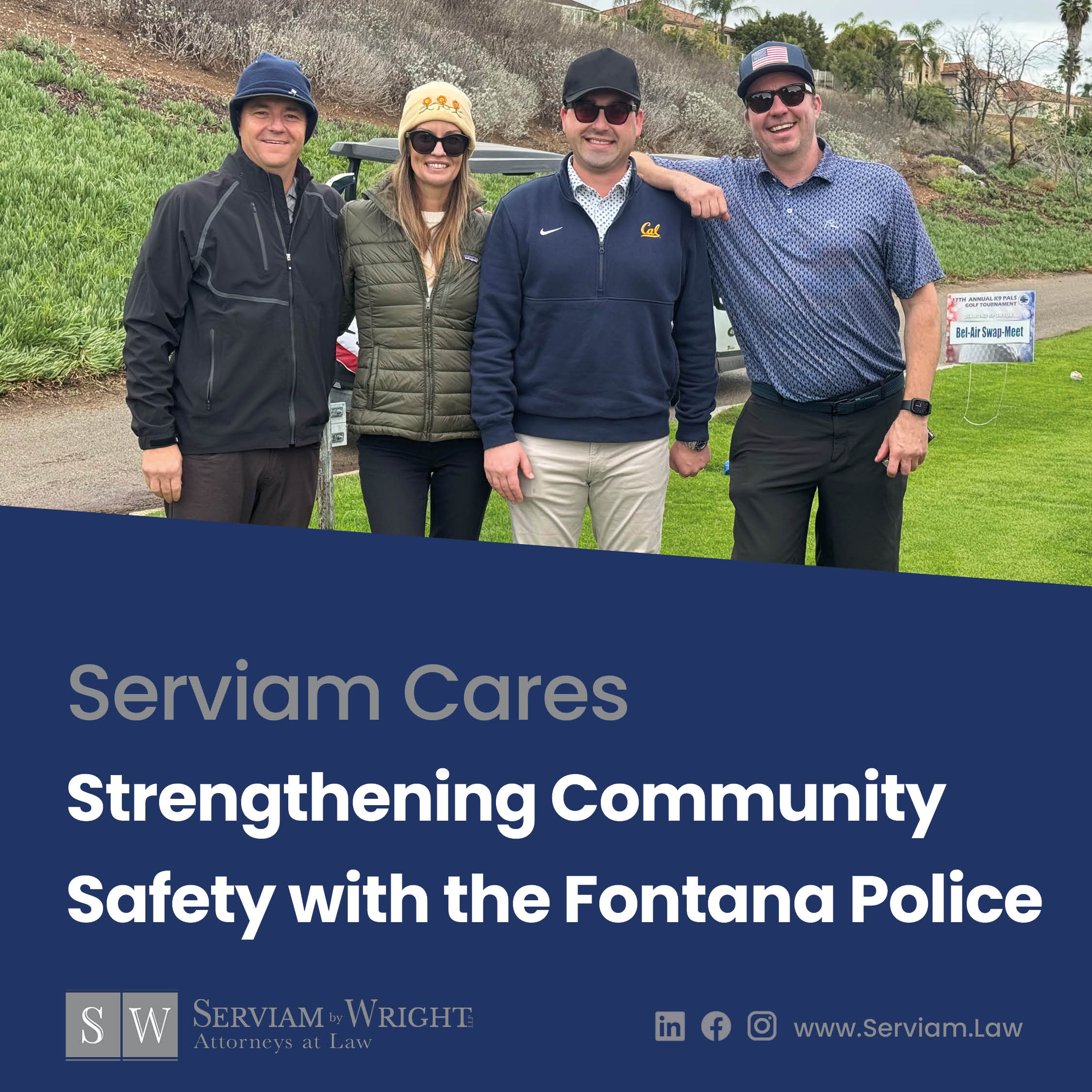From various publications, studies, news reports, to the information collected and shared by California Code Enforcement Officer Foundation, one thing is clear: too many of our code enforcement officers receive dangerous threats to their safety while on the field, even sometimes off-work. It is imperative that enforcement officers use their skill and know-how to document these threats for their safety—it will create a record of the threats, can help inform colleagues and put them on alert, it can even be utilized in Court actions should legal intervention become necessary. Enforcement officers are trained and informed on how to document their code enforcement cases, so using those skills to document threats of harm will serve officers in their role and their public agency. While public agencies may have different practices and policies on how to document threats, some may have none, the same should hold true across the board: create a record with key details. This may mean in an email to a supervisor, in a written or electronic case log, or other methods for your agency’s documentation systems; if you are unsure, confirm with your public agency so there may be uniformity and clarity in your department.
Context
One key to documenting threats is to lay the background as to how the threatening situation arose. So, note key details such as:
- Location, date and time;
- Purpose of contact, e.g., you were conducting a follow-up public right-of-way inspection as per your duties to follow up on compliance with an administrative citation.
- If you have had prior incidents with the aggressor in the past or other history.
Witnesses
Ensure you document any witnesses who may have overheard or seen the threatening situation. For example:
- Agency participants, e.g., anyone from your public agency that may have accompanied you on the inspection;
- Public observers, e.g., members of the public in the vicinity, e.g., neighbors who were present.
Your observation and what you experienced
Making sure you document what was said and what occurred is imperative. Memories fade, so having a written record will help tremendously. What you should try to note:
- Any verbal exchange and threatening words said;
- This could include any efforts on your part to de-escalate the situation and the aggressor’s continued threatening words.
- Demeanor of the aggressor, e.g., tense hands, heavy foot steps when walking towards you, angry or red face, loud voice, waiving of their arms, heavy breathing;
- Any physical threats from the aggressor, e.g., blocking your path to exit;
- Situational awareness, e.g., was it dark outside, were you alone with the aggressor, did the aggressor have any weapons or access to weapons you could perceive, was there a size differential between you and the aggressor;
- How you felt and any changes to your feelings over the course of the encounter or changes in circumstance, e.g., intimidated when aggressor first yelled, then scared when aggressor started making personal attacks against you and your family, extremely fearful when aggressor claimed he had a gun.
- Your reaction and how you extricated yourself from the situation, e.g., left immediately in agency-issued vehicle.
When your safety is no longer in jeopardy and you are in a safe location it is imperative to document what occurred and what was said. Having such contemporaneous note is generally recognized as more trustworthy than documentation put together later, weeks or months after the fact.having such contemporaneous note is generally recognized as more trustworthy than documentation put together later, weeks or months after the fact.
Documenting threats made mindful of the above will help complete the full picture of the threat made, and if the threat ever proceeds into a legal matter, will help any attorney understand the full context of the situation to convey the situation to the Court. It will also help identify potential witnesses that may be needed. It will also help if any criminal investigation and enforcement commence.
State law may offer code enforcement officers formal protection from individuals who make such threats, often when employers take the initiative to seek protection, i.e. your public agency. For example, under California law, courts can make orders to protect employees from unlawful violence or credible threats of violence at the workplace; this Workplace Violence Restraining Order (“WVRO”) must be requested by an employer on behalf of an employee who needs protection and the WVRO can last up to three years, may also extend to protect family members of the employees and other employees at the employee’s workplace. (California Code of Civil Procedure, § 527.8). Having the proper documentation of the threat will help the public agency’s attorney establish the legally required showing to obtain the WVRO, including “unlawful violence” or “credible threat of violence”, which is defined as “a knowing and willful statement or course of conduct that would place a reasonable person in fear for his or her safety, or the safety of his or her immediate family, and that serves no legitimate purpose.”
Other states may have their own statutory schemes to protect individuals from threats; consulting with legal counsel in those states is best to determine what if any protections may be in place. (For similar statutes to California’s that may be currently in effect, see e.g., Arizona Revised Statute, § 12-1810; Arkansas Code, Labor and Industrial Relations, § 11-5-115; Georgia Code Annotated, Labor and Industrial Relations, §34-1-7; Indiana Code, Civil Law and Procedure, § 34-26-6; Nevada Revised Statute, §33.200-.360; North Carolina General Statute, § 95-261.)[1]
There also may be criminal prosecutions under State law in criminal court if the threats rise to the level of criminal conduct. Documenting the threat, particularly if you determine to submit a police report, will help give the detail to the law enforcement agency to investigate the case and possibly recommend criminal prosecution.
—-
[1]This list may not be exhaustive of all other State laws. This author is not a legal practitioner outside of California, thus consult a practitioner in your state of interest to confirm what laws, if any, may apply and be in effect.
This article is not intended to provide legal advice. It is provided for informational purposes only.





